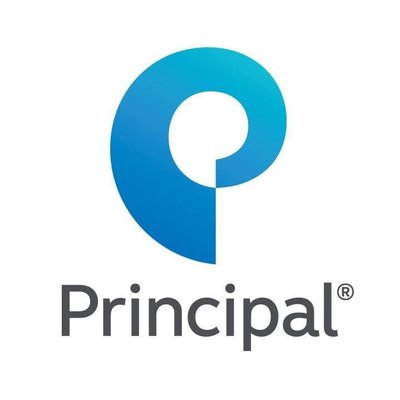Principal’s organic growth play
At the UBS Financial Services Conference on February 10, 2025, Amy Friedrich, President of Benefits & Protection at Principal Financial Group , outlined the company’s evolving approach to workplace benefits, small and midsize business engagement, and technology-driven efficiencies. With over 100,000 employer relationships, Friedrich emphasized Principal’s role in supporting workforce growth and its commitment to broadening product offerings in the benefits sector.
Expanding Workplace Benefits
Friedrich highlighted Principal’s transition from traditional employer-paid products, such as life, disability, dental, and vision insurance, to a more diversified portfolio that includes voluntary benefits like critical illness, hospital indemnity, and accident insurance. Additionally, Principal has expanded into paid family medical leave, now operating in four states. “We really like the product breadth that we have,” she stated, emphasizing the company’s ability to adapt to evolving workforce needs.
Small and Midsize Business Focus
Friedrich outlined Principal’s strategic emphasis on the workplace benefits market, noting that large employers (5,000+ employees) are already fully saturated with benefits offerings. As competition in that space revolves around client retention rather than expansion, Principal does not actively target this segment.
The mid-market, covering companies with 750 to 2,000 employees, presents a mix of opportunities, with approximately 80% already offering benefits. While some business in this space comes from takeovers, there is still room for growth, particularly among employers with 200–400 employees who may lack comprehensive benefits solutions.
The most significant growth potential lies in the small business segment (under 200 employees), where only 50–60% offer benefits. Among businesses with fewer than 50 employees, penetration drops further to 30–40%, often due to a lack of awareness rather than reluctance to provide benefits.
Unlike competitors focused on large national accounts, Principal has carved out a niche in the small and midsize business (SMB) sector. “We don’t really have any concentration risk in any particular industry, in any particular geographic area or in any particular product,” Friedrich noted. Instead, Principal prioritizes flexibility and product bundling to serve a diverse range of employers. This SMB focus aligns with broader economic trends, as the sector is projected to drive up to 65% of near-term job growth in the US.
Distribution Strategy and Broker Partnerships
Principal operates through a wholesaler-driven distribution model, relying on regional brokers and advisers rather than direct-to-consumer sales. Friedrich emphasized the critical role of intermediaries in the insurance ecosystem, noting that small employers often lack dedicated HR teams. She highlighted that employers with fewer than 100 employees follow broker recommendations over 90% to 95% of the time.
AI and the Role of Human Judgment
Despite increasing reliance on technology, Friedrich emphasized that Principal remains committed to human oversight in underwriting and risk assessment. The company does not use full-scale AI-driven underwriting—there is always human assistance. However, Principal leverages AI for predictive analytics, sentiment analysis, and efficiency improvements in claims processing and portfolio management.
Future Outlook
While many new entrants express interest in the small business market, Friedrich pointed out that few have developed the necessary capabilities to serve it effectively. “There’s a lot of interest in being in that small market. There aren’t as many true capabilities that have been built yet in that small market. Principal leads the pack on that,” she stated.




